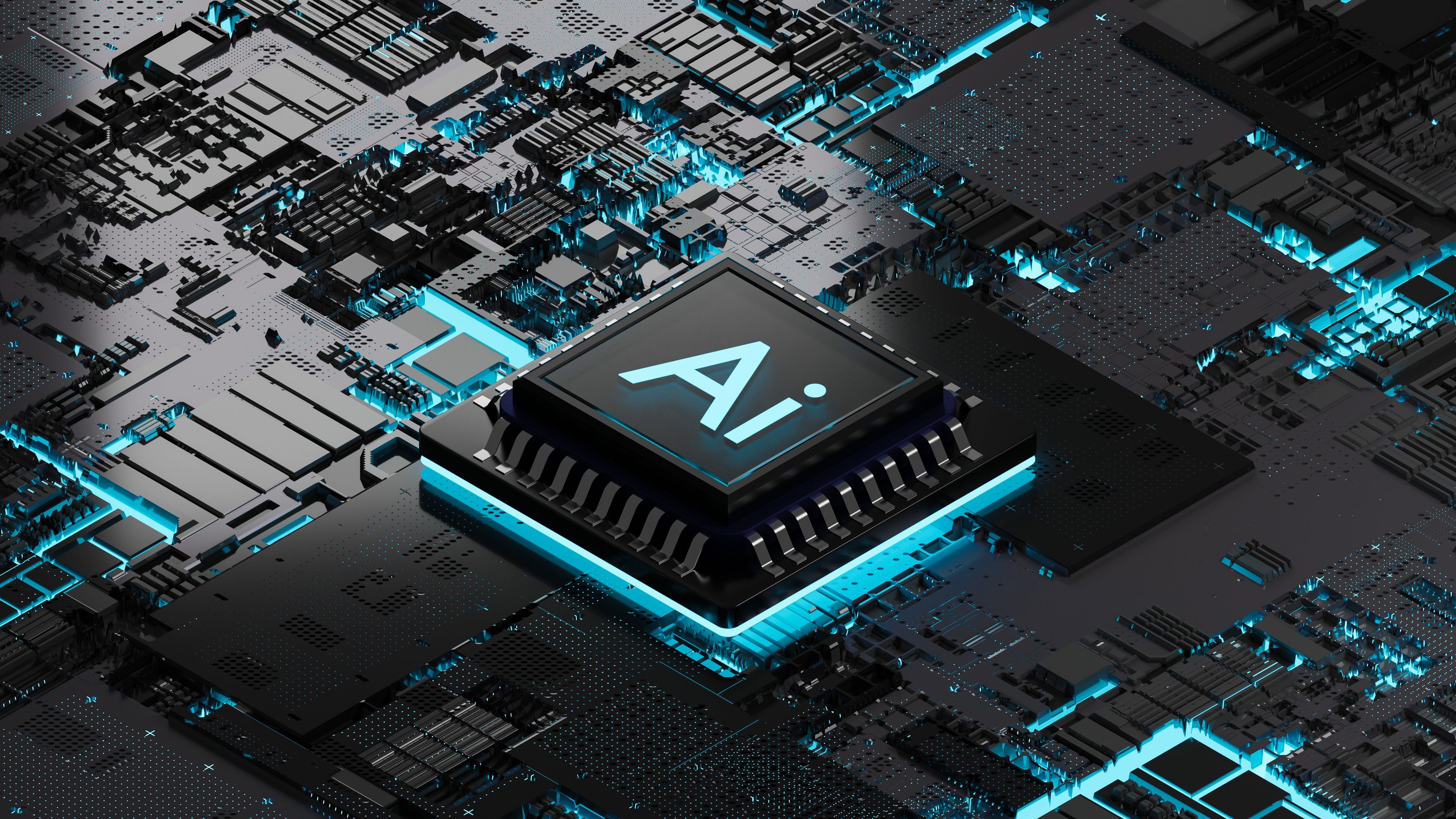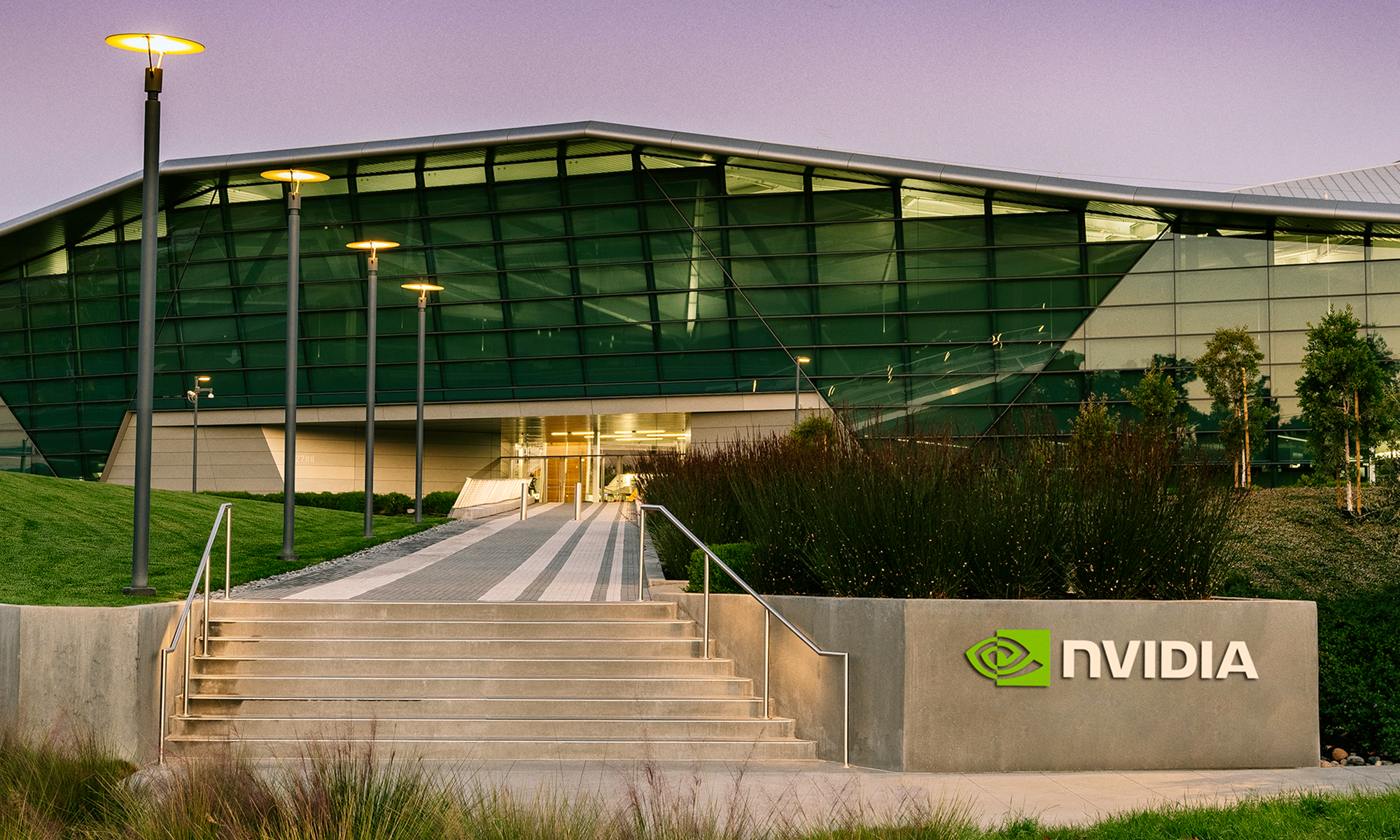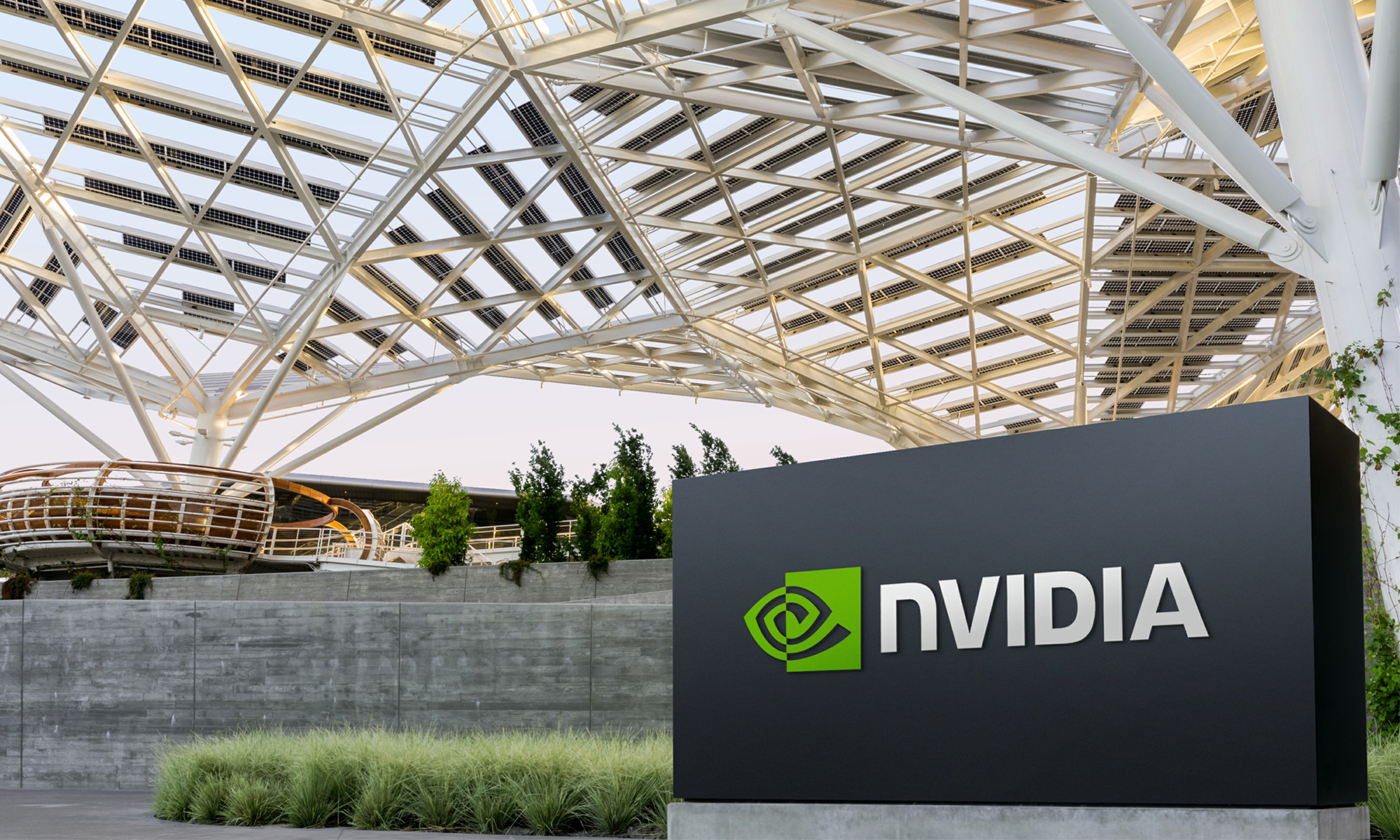Nvidia (NVDA +1.72%) just hit another in a long list of milestones.
The artificial intelligence (AI) chip superstar just became the first company ever to reach a valuation of $5 trillion, crossing the threshold on Wednesday. A recent burst of enthusiasm for the AI stock came from hopes that President Donald Trump and China's President Xi Jinping can strike an agreement favorable to the company when they meet tomorrow.
China is a major market for the top graphics processing unit (GPU) maker, and a restriction on Nvidia's H20 exports to China by the Trump administration led to a nearly $5 billion writedown. A more recent agreement allowed Nvidia to continue to sell those chips, but with the U.S. government potentially taking some revenue from sales.
Now, President Trump is hoping to forge a deal with Beijing on chip export controls that investors hope will favor Nvidia.

Image source: Nvidia.
Why Nvidia stock can go even higher
We're nearly three years removed from the launch of ChatGPT, and Nvidia continues to be the pacesetter for the AI boom, having jumped more than 1,000% during that time. It hasn't always been a smooth ride. The stock plunged 17% in a single day in January in response to the threat from China's DeepSeek, though investors have since moved on, and capital expenditures on AI data centers have only increased this year.
Along the way, Nvidia has maintained its dominance of data center GPUs, the chips that power AI technology like ChatGPT, and has arguably tightened its grip during that time, despite concerns about competition from AMD, Intel, and others. Nvidia has also delivered eye-popping financial results quarter in and quarter out, showing that no one else is capitalizing on the AI boom like it is.
In the second quarter, revenue rose 56% to $46.7 billion, even though the company didn't make any H20 sales to China. The company is also highly profitable, with net income margins now above 50% and generally acceptable accounting principles (GAAP) profits of $26.4 billion in the quarter.
Any number of catalysts could drive Nvidia higher from here. Most of its revenue is now coming from the data center segment, which contributed nearly 90% of revenue in the second quarter, but the company has a lot of potential in areas like physical AI, which involves powering robots, autonomous vehicles, and other real-world machines. Additionally, the company is launching new chips for PCs and could break into new chip categories that it hasn't traditionally competed in, including edge AI, meaning AI in devices that consumers use. It's also expected to launch its Rubin platform soon, which could spark a new cycle of demand at higher prices.
Overall, we may still be in the early days of AI. Looking at it that way, there's still plenty of opportunity for Nvidia to grow.






